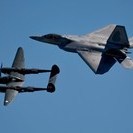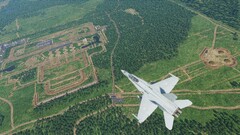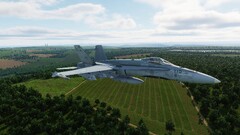- 6 replies
- 2,136 views
- Add Reply
- 0 replies
- 1,519 views
- Add Reply
- 0 replies
- 1,747 views
- Add Reply
- 0 replies
- 1,259 views
- Add Reply
- 0 replies
- 1,037 views
- Add Reply
- 0 replies
- 1,070 views
- Add Reply
First Flight for New HELLFIRE II Missile Design

By Erik,


First Flight for New HELLFIRE II Missile Design
Lockheed Martin
ORLANDO, Fla: Lockheed Martin's new multi-functional AGM-114R Hellfire II missile scored a direct hit during its first proof-of-principle (POP) flight test recently at Eglin Air Force Base, FL.
The Hellfire II design, now entering the qualification phase, features a new multi-purpose warhead that enables a single missile to cover all of the target sets of the current laser-guided Hellfire II variants.
The POP
F-4 group holding conference in Panama City

By Erik,
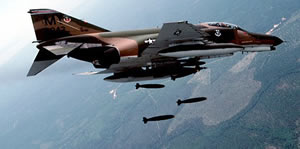

F-4 group holding conference in Panama City
DANIEL CARSON / News Herald Writer
PANAMA CITY — A national nonprofit group dedicated to preserving the history of the F-4 Phantom fighter jet will hold its annual conference in the Panama City area this year, a group spokesman said Monday.
The F-4 Phantom II Society’s “PhanCon” is scheduled for Sept. 20-23, with the group’s members planning to visit Tyndall Air Force Base and Pensacola’s Naval Air Museum as part of the conference.
Iceland set to embrace war-game fliers

By Erik,
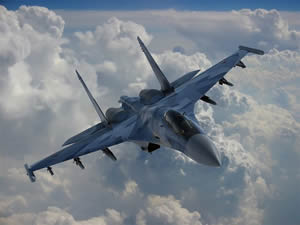

Iceland set to embrace war-game fliers
Gudmundur Petursson worked for years as a contractor for the US military at Keflavik airbase on the Reykjanes peninsula, south-west Iceland. Now, he is waiting for a green light from the Icelandic government to start building a 15,000 sq metre hangar for a fleet of Russian-made fighter jets.
Mr Petursson, chief executive of FM Service, an Icelandic facility management company, is a cheerleader for plans by a private military training company
Stranded IL-78

By Fates,
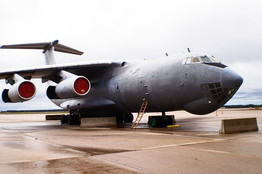

The Ilyushin IL-78 has been stuck in Marquette County, Michigan for 13 months. A company that sells used military aircraft says it was bound for Pakistan, but a legal battle over maintenance costs from its time in Texas has kept the plane grounded. (Marquette County Sheriff's Office)
From The Detroit News
September Calendars Available

By Fates,
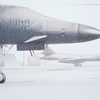

Just finished September Calendars, standard and widescreen formats. This month we have the a reminder that winter is right around the corner, and incredible member shot (Thanks XRay), and threading the sound barrier with an FA-18. Enjoy. LINK: CombatAce Gallery
Ex-USSR awash in radioactive ‘dirty bomb’ substances

By Erik,


Ex-USSR awash in radioactive ‘dirty bomb’ substances
Defence Talk — By Agence France-Presse on August 30, 2010
Moscow: It has been of one of Europe's worst nightmares: traffickers obtaining highly-radioactive materials on the loose in the former Soviet Union with the help of corrupt officials and passing them on to rogue groups looking to make a dirty bomb.
The seizure this month of two kilograms of uranium in Moldova, an impoverished ex-Soviet nation bordering the EU member Romani





